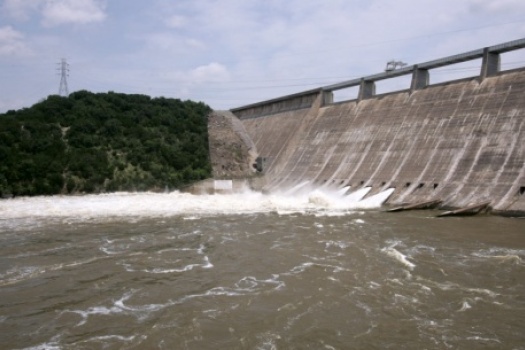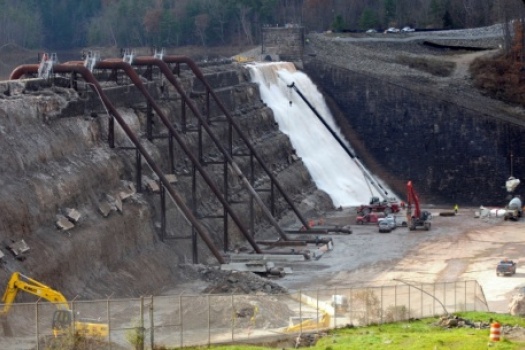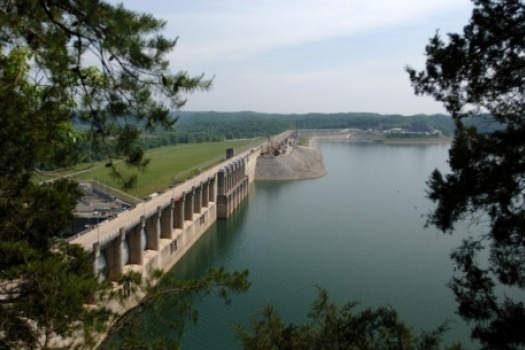This page provides an overview on the topic of Dam Safety, as well as the National Dam Safety Program (NDSP). It is intended to serve as a resource for people who live near dams, as well as agencies and local authorities with responsibility for dams and areas impacted by dams.
Quick Links
- Evaluation and Monitoring of Seepage and Internal Erosion (FEMA P-1032)
- Fact Sheet
- Partners
- Publications and Resources
- Training
National Dam Safety Awareness Day 2016

National Dam Safety Awareness Day occurs each year to commemorate the South Fork Dam failure that occurred on May 31, 1889 in Johnstown, PA. This year, we are focusing not only on awareness of keeping our dams safe but keeping people safe around dams.
More people die at low head dams than from the failure of dams themselves. Some small dams, if not marked properly, can be difficult to spot from upstream, even to experienced boaters. When trapped in a low-head dam, it is nearly impossible to escape the strength of the hydraulic. Rescuing individuals trapped in low head dam rollers is dangerous—25% of dam-related deaths are rescuers.
FEMA encourages communities, states, and private sector dam owners across the nation to help promote dam safety and the benefits of dams either on May 31st (or during that time period).
- Dam Safety Lives Today: It's Not Just An Historic Event
- Public Safety Around Dams
- Dam Failures and Incidents
- Dam Safety Is a Top Priority at TVA
Dam Failure Information
There are more than 87,000 dams in the United States according to the 2013 update to the National Inventory of Dams. Approximately one-third of these pose a “high” or “significant” hazard to life and property if failure occurs.
Intense storms may produce a flood in a few hours or even minutes for upstream locations. Flash floods occur within 6 hours of the beginning of heavy rainfall and dam failure may occur within hours of the first signs of breaching. Other failures and breaches can take days and weeks to occur because of debris jams or the accumulation of melting snow.
For preparedness tips on what to do before, during and after a flood, visit Ready.gov.
Raising Dam Safety Awareness
Dams are a critical part of our nation’s infrastructure and all Americans enjoy the benefits they provide, including flood protection, water supply, hydropower, irrigation and recreation. However, our dams are aging and many are deteriorating, while downstream and upstream populations are increasing. Everyone has a role to play in creating a future where all dams are safer—including dam owners, engineers, community planners/leaders, and federal and state regulators.
For 30 years, the federal government has been working to protect Americans from dam failure through the National Dam Safety Program (NDSP). The program, which is led by FEMA, is a partnership of states, federal agencies and other stakeholders to encourage individual and community responsibility for dam safety. NDSP is an investment in preventing dam failures and reducing the impacts on lives and property that may be at risk from a dam failure. NDSP plays an important role in raising dam safety awareness and lessening the impacts if a dam was to fail. Key initiatives include:
- Assisting states in establishing and maintaining dam safety programs;
- Providing technical training to state and federal dam safety staff; and
- Supporting research and the development of guidance to advance the practice of dam safety to improve public safety.
Dam safety is a shared responsibility—you are encouraged to know your risk, know your role, know the benefits of dams, and take action!
Take Action!
To understand your flood risk and view your flood maps, visit the Flood Map Service Center (MSC).
Are you Ready? View maps of your area, assess potential losses, and Determine Your Risk.




